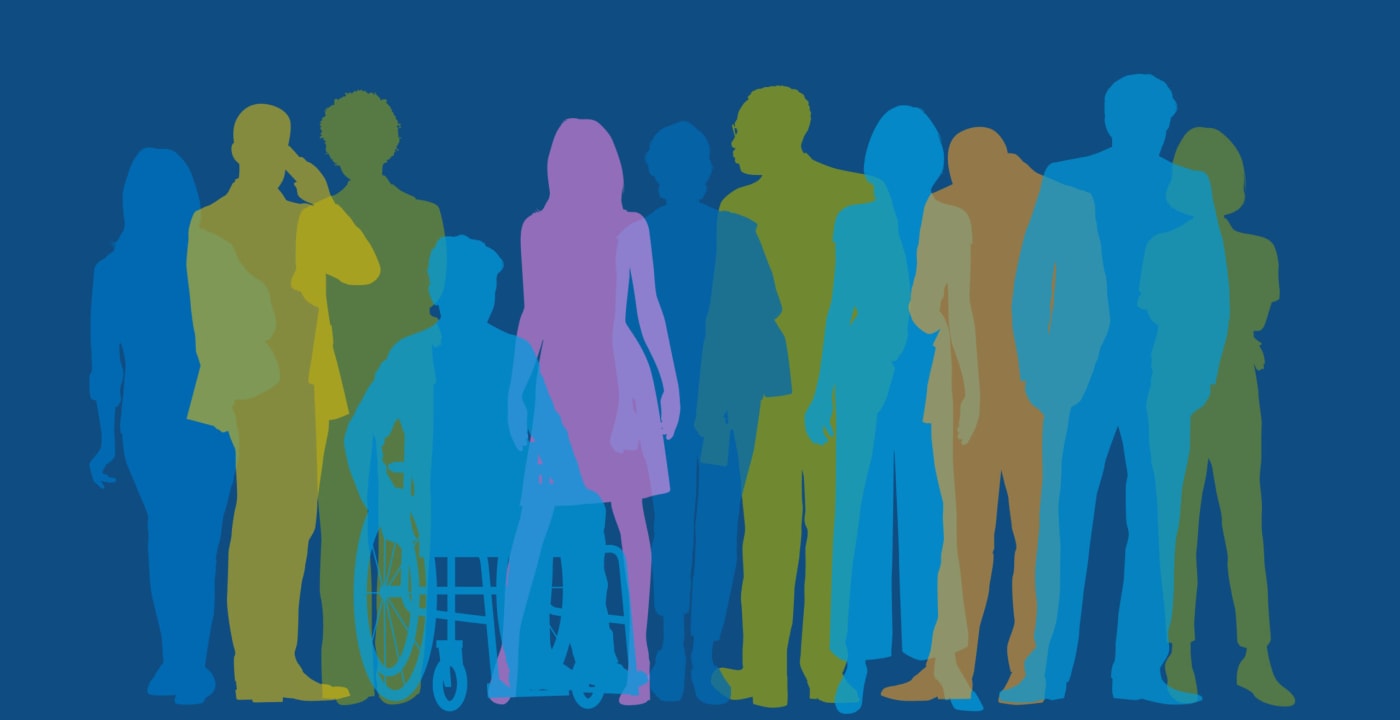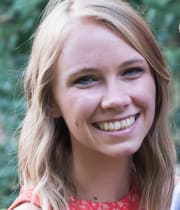Hidden health inequities of Asian communities

At a glance
- Asian Americans are the most economically divided racial/ethnic group in U.S.
- More representative data is key to breaking down inequalities
- Education, resources needed to overcome barriers like language and bias
At MultiCare, we are committed to working toward health equity — ensuring all people have access to quality health care regardless of age, race, ethnicity, gender identity, religion, sexual orientation, ability, socioeconomic status or location.
But we also recognize the reality that longstanding biases and barriers embedded in the health care system, and our society, can prevent people from accessing the care they need.
In this series — inspired in part by society’s growing awareness that not everyone has the same chance to be healthy — we take a deeper look at the disparities that impact our patients and how we as health care providers and community members can reduce those disparities and improve the health and well-being of all.
Dividing AAPI for better representation
The United States government created the term AAPI (Asian American Pacific Islanders) in the early 1960s to collect data from these populations on everything from food insecurity to housing and health.
While “AAPI” was created with the intention of better representing the roughly 65 ethnic groups included in this term, in reality it’s had the opposite effect, explains Tanya Velasquez (she/her), MA, associate professor at the University of Washington and co-principal investigator for the AAPI THRIVE Project. Consolidating so many different populations under one umbrella hides their unique experiences.
Many communities now push for a more granular and representative approach to research with the use of the terms A/AA (Asian and Asian American) and NH/PI (Native Hawaiian and Pacific Islander).
In the first of this two-part article, we’ll cover health disparities faced by the A/AA community.
Diversity at every level
While separating the A/AA and NH/PI communities is important for research, it should also apply to the A/AA community itself.
Asian Americans are the most economically divided racial or ethnic group in the U.S., according to the Pew Research Center. But because about half of A/AA adults hold a bachelor’s degree or higher, the “model minority” myth gives the incorrect impression that all are well-educated and financially stable. The Model Minority myth is a stereotype that characterizes all A/AA individuals as part of a high-achieving, hardworking and superior monolithic group.
2021 U.S. Census
24 million Asian-identifying people speak more than 100 different languages:
- 2 million Chinese
- 8 million Asian Indian
- 4 million Filipino
- 3 million Vietnamese
- 2 million Korean
- 6 million Japanese
- Remaining fall under “other Asian”
This myth erases the needs of those who do not fit the stereotype. It’s a leading reason so little has been invested into resources around discrimination, poverty and health as they relate to A/AA communities, according to the Robert Wood Johnson Foundation (RWJF).
Challenging stereotypes
Jessica Li (she/her), a third-year medical student at the Washington State University (WSU) Elson S. Floyd College of Medicine and member of the Asian Pacific American Medical Student Association (APAMSA), talks about how her Chinese heritage means she’s viewed as closer to “whiteness” than her other classmates of color.
“For example, Southeast Asians [are] darker and tanner, so they’re not seen as close to ‘whiteness,’” she explains. “Being Chinese, I’m aligned with the highly respected stereotypes that others aren’t.”
Li, whose parents fled China after the Tiananmen Square massacre, says she doesn’t know the health care experience that Black or white people have, just as they don’t know her experience. Trying to understand what others go through is one way to improve how they’re cared for, she adds.
Proper representation requires learning about other cultures and traditions, says UW professor Velasquez. But it’s not uncommon for systems to overlook differences, such as why people have migrated and the impact it’s had on their access to education or health care.
For example, asylum seekers and refugees who arrive in the U.S. under extreme duress don’t have the same experiences as Asians who migrated voluntarily or for a highly skilled job.
Collecting data to address inequities
Breaking down data is one of the most effective ways to address health disparities in the A/AA population and ensure providers are aware of all the factors that play into an individual’s health, Li says.
Many health care systems, including MultiCare, are working toward collecting data on social determinants of health to better understand health and quality-of-life outcomes, explains Deana Williams (she/her), PhD, MPH, research investigator at the MultiCare Institute for Research & Innovation.
This is an important step, but to truly move the needle, health care systems must work with impacted communities to address the root causes of inequities, she says.
“We as researchers and health care system professionals need to look inward and critically reflect on our research intentions, biases, assumptions … to reduce health disparities,” Williams says.
A two-way conversation
Along with overly broad surveys and stereotypes, other differences are ignored when it comes to understanding the A/AA community. For example, economic or time limitations and language barriers can make access to such surveys difficult, explains Ryann Louie (they/them), executive director of Asians for Collective Liberation in Spokane (ACL Spokane).
Navigating health care can be difficult enough, so without trust or clear communication because of language barriers, a person’s willingness to access care declines, says Louie, who is a descendent of Chinese immigrants.
“I have knowledge because of my pharmacist mom, but even I had to think hard about how to ask the right questions of my doctor,” they say. “There’s a lot of fear if there aren’t health care providers or translators who understand you.”
Spoken languages
Percentage of A/AA persons 5 years or older not fluent in English:
- 2 percent of Vietnamese
- 42 percent of Chinese
- 8 percent of Filipinos
- 7 percent of Asian Indians
U.S. Department of Health and Human Services Office of Minority Health
ACL Spokane is collecting data for the regional community health needs assessment, which will provide information such as top spoken languages and local challenges.
“In our first phase, we heard that people simply don’t know what the resources are or how to access them,” Louie says. “It’s about who you know and trust, who can help you get to health care and help you navigate those things.”
While translation services are helpful, Louie explains there’s still generations of distrust and disbelief within A/AA communities to overcome.
Such misunderstandings may be rooted in differing cultural philosophies on medicine, they add. Mental health is one of those — and in a world where anti-Asian hate is escalating, mental health matters even more.
Mental health and A/AA communities
“About two years ago, the surgeon general reported racism was a public health issue,” Velasquez says. “Anti-Asian hate is not new, but this new version has had mental health consequences.”
In 2021, the FBI reported 746 anti-Asian hate crimes. Many were reportedly in response to Asians and Asian Americans being blamed for the COVID-19 pandemic. Although the number decreased to 499 in 2022, the mental health impact is still felt.
“Our brain tends to believe what people say, especially from strangers,” explains Heidi Alt, MA, mental health professional with the MultiCare Behavioral Health Network.
That’s why she focuses on empowering her clients — a number of whom identify as being a member of an A/AA community. When Alt moved from Vietnam to the U.S. seven years ago with plans to become a doctor, the shock and stress of the change took a hit on her mental health. She faced challenges communicating her own needs to doctors.
“I was depressed and had anxiety when I came here because I was alone and stressed,” she says. “In my country, we don’t tell our problems to others because we think, ‘They’re not going to help me.’”
Alt’s teacher noticed she was struggling and directed her to a counselor. She was inspired by that counselor to use her own experiences to provide culturally informed care.
Her ancestors faced a lot more challenges in their day, explains ACL Spokane executive director Louie. Today, there’s more freedom to talk about mental health and understand how it impacts A/AA communities. ACL Spokane is working to flip the narrative so that people understand that it’s OK to ask for help.
Access to more culturally informed care will take a combination of empowering A/AA communities and educating the current workforce.
Building for the future
“I want to be a doctor that I would want,” Li says of her future career. “Allowing patients to talk and to listen with no judgment. If I would deem your choices to be unhealthy but you tell me, ‘I feel fulfilled with how I’m living,’ then who am I to say otherwise?”
Even with training, it’s up to the individual to overcome their biases and take time to learn from other cultures, Louie says.
MultiCare is committed to fostering a diverse workforce and equitable care environment through:
- Culturally informed care training and resources
- Conducting community health needs assessments
- Adopting diversity-guided principles and hiring practices
- Growing the Center for Health Equity and Wellness
Just as important, health care systems must respond to the changing demographics of the country and make room for diversity in the field, Velasquez says. In a 2021 survey of 950,000 U.S. providers, 20 percent identified as Asian compared to 60 percent as white.
“It’s faster to build trust if our care providers look like our families, speak our same languages or have common cultural knowledge,” she says.
ACL Spokane works closely with the student group APAMSA at WSU, and Louie says they’re inspired to see the passion these students have to bring more representation into health care and share the importance of it with their classmates.
“That’s where the art of medicine comes in,” Li says. “You have your data, you have your populations, but it comes down to the actual patient in front of you.”




